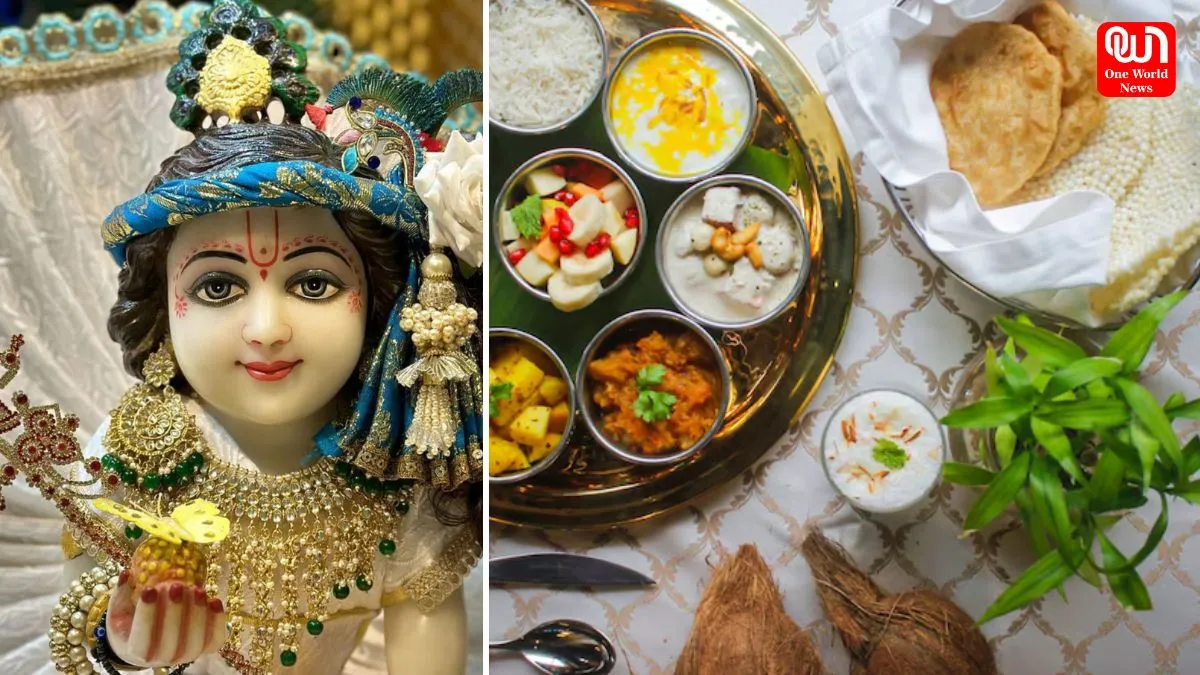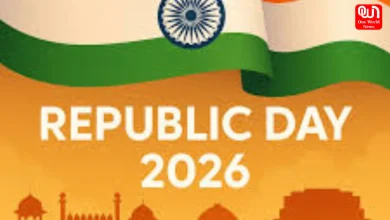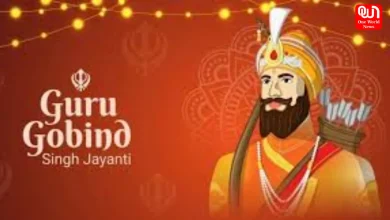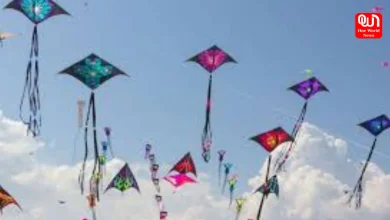Janmashtami 2024: Guidelines For Fasting On Janmashtami
Janmashtami 2024: Celebrating Janmashtami usually involves observing day-long prayers, singing bhajans, and reciting the Bhagavad Gita or Krishna Leela.
Janmashtami 2024: Limitations on food choices
Janmashtami is an important Hindu festival commemorating the birth of Lord Krishna. This year, the festival (Janmashtami 2024) falls on August 26 (Monday). It is a blend of the words Janm (meaning birth) and Ashtami (referring to the eighth day of the month in the Hindu calendar). Janmashtami is observed with great enthusiasm, particularly in Mathura, the birthplace of Krishna, and the nearby Vrindavan, where he spent his early years.

Categories of Fasts
Fasting is considered a crucial element of Janmashtami, as it is believed to cleanse both the body and mind. During Janmashtami, followers usually practice two primary types of fasting: Nirjala (abstaining from water) and Phalahar (consuming a diet based on fruits and milk).
- Nirjala fast: is the most strict type of fasting where followers refrain from consuming any food or water for the entire day. The fast is only ended at midnight, the time when Krishna is believed to be born, following prayers and aarti.
- Phalahar Fast: If you are unable to do the Nirjala fast, the Phalahar fast permits the intake of fruits, milk, and water. Followers avoid eating grains, legumes, onions, and garlic as part of a Sattvic (pure) diet.

Read more: A Spiritual Journey to Mathura & Vrindavan
Foods that are allowed
- Ripe bananas, apples, and pomegranates.
- Dairy items such as milk, yogurt, paneer, and butter
- Root vegetables like potatoes and sweet potatoes are commonly used in recipes such as vrat ke aloo.
- Nuts and seeds are important sources of both energy and nutrients while fasting.

Limitations on food choices
Certain food items are typically not consumed during Janmashtami fasting. Followers avoid consuming cereals, legumes, rice, and salt. Instead, they eat alternative foods such as buckwheat flour (kuttu ka atta), amaranth flour (rajgira ka atta), and water chestnut flour (singhare ka atta). Sendha namak, also known as rock salt, is utilized in place of standard table salt.
Read more: Date, Time, Fasting Rules Recipes to enjoy !
Rituals associated with ending the fast
Traditionally, the fast is ended at midnight following the symbolic birth of Lord Krishna. The tradition of breaking the fast includes presenting the cooked meal to Krishna, then enjoying the Prasad. Followers have faith that by fasting and sincerely carrying out these rituals, they are able to strengthen their connection with Lord Krishna, as they seek his blessings for both material wealth and personal development. A lot of followers go to temples to celebrate the birth of Krishna with enthusiasm.
We’re now on WhatsApp. Click to join.
Like this post?
Register at One World News to never miss out on videos, celeb interviews, and best reads.








